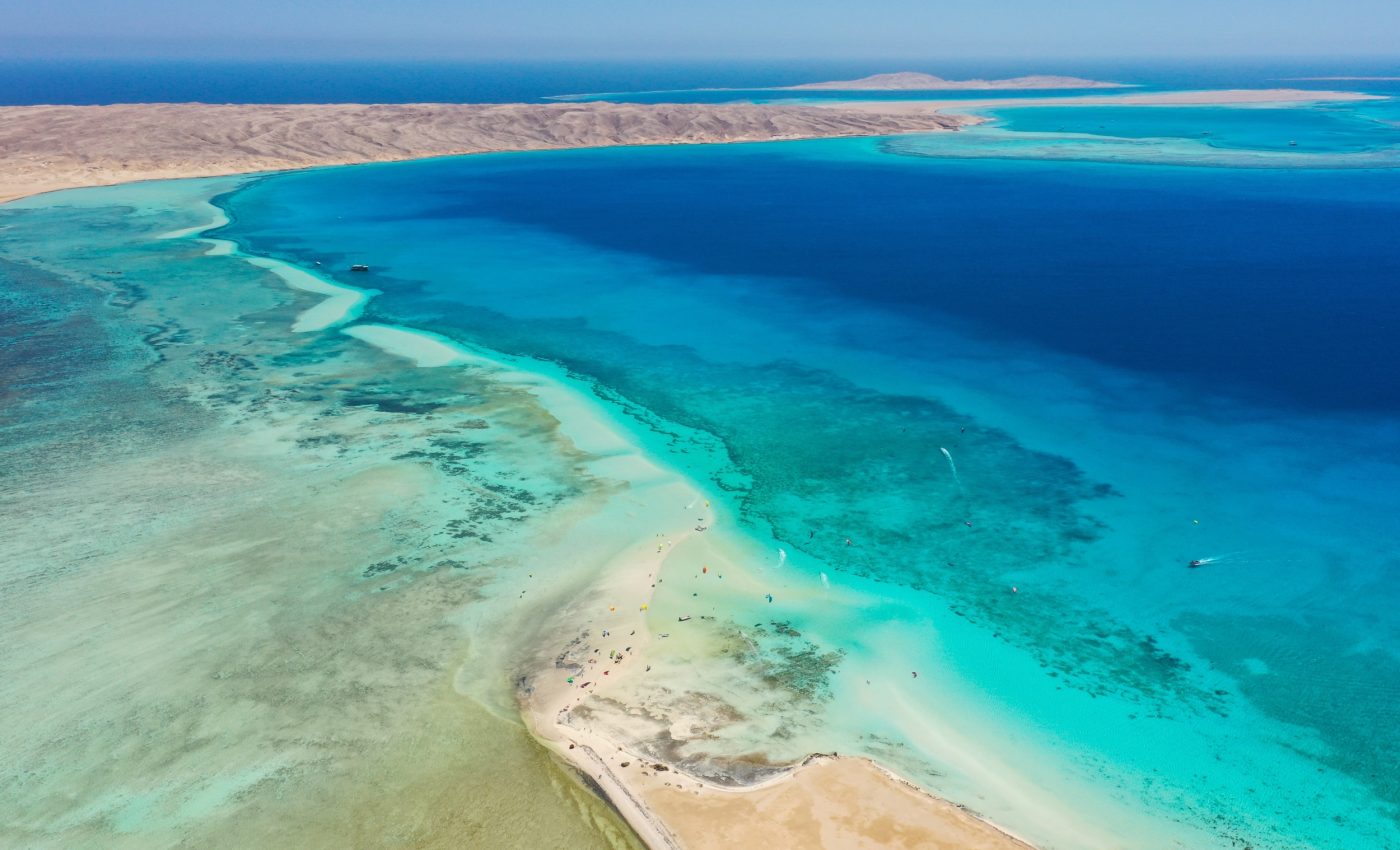
Microbes in the Red Sea challenge what we know about life’s limits
Deep beneath the central Red Sea, scientists have uncovered a hidden world where iron – not sulfur or methane, powers life.
A new study mapped 314 microbial genomes from iron-rich mounds at Hatiba Mons, revealing an ecosystem that thrives on metal chemistry rather than heat or sulfur.
The vents sit 2,550 to 4,760 feet below the surface, sprawling across a volcanic summit.
First confirmed as active sites in 2023, these vents form towering mounds of iron oxyhydroxide through gentle, low-temperature venting, creating one of the largest known iron-dominated vent systems on Earth.
The Red Sea’s rare vents
The research was led by Sharifah Altalhi of King Abdullah University of Science and Technology in Saudi Arabia (KAUST). Her group focused on what the microbes do, not just who they are.
Deep Red Sea water stays unusually warm and salty all year, with temperatures near 70.7°F (21.5°C) and salinity around 40.5 – conditions that shape what can live there.
Those background temperatures help explain why the vent communities here are not a carbon copy of classic Pacific or Atlantic sites.
The iron mounds at Hatiba Mons are also unusually expansive for a slow-spreading ridge. Fault controlled cracks let oxygenated seawater meet reduced fluids, a perfect stage for iron chemistry to run.
Microbes drive that chemistry by shuttling electrons between dissolved and solid forms of iron. Doing so changes which minerals form, and it locks up or releases nutrients and metals.
Mapping microbes by their genes
The researchers used genome-resolved metagenomics, sequencing that assembles complete microbial genomes from mixed samples, to get function rather than fragments.
The team reconstructed community members from five sites and then checked which metabolic pathways those genomes carry.
From the DNA, they built what scientists call metagenome-assembled genomes (MAGs) – draft genomes reconstructed from environmental DNA fragments.
These reveal metabolic potential, such as the ability to oxidize iron or fix carbon, even when the organism has never been grown in a lab.
Across all samples, 314 genomes were recovered spanning bacteria and archaea. Many belonged to lineages that lack cultured representatives, a sign that this ecosystem still hides a lot of novelty.
Iron cycling genes were widespread across unrelated groups, not confined to one specialist clade. That redundancy suggests the system can keep running even if some players drop out.
A network powered by metals
A core story is biogeochemical cycling, microbe-driven chemical changes that move elements through Earth. Here, genes for iron oxidation and reduction turned up across dozens of phyla, alongside capacities for sulfur, nitrogen, and carbon transformations.
Classic iron oxidizers such as Zetaproteobacteria were present but not alone. At Hatiba Mons, many other bacterial groups also carry iron redox machinery, spreading the workload across the community.
Nitrogen pathways appeared as partial sets scattered across genomes. That pattern points to teamwork, where one microbe’s output becomes another’s input.
“Our genome resolved analysis positions the Hatiba Mons vents as an iron-rich system that provides new insights into oligotrophic hydrothermal environments,” said Altalhi.
Why iron drives microbes
Many famous vents run on sulfide-rich chemistry, but the Hatiba mounds are iron-rich and relatively low in sulfur. In that setting, iron can be the better energy currency for microbes that live where oxygen and reduced iron meet.
Carbon fixation also shows a twist. Genes for the Wood-Ljungdahl pathway, an ancient carbon fixation route that builds acetate from carbon dioxide, were common, especially in deeper precipitates.
That pathway is efficient under low-energy conditions and pairs well with metal redox reactions. It also appears in some Bathyarchaeia, archaea that were enriched in deeper, more hydrothermally influenced samples.
Other carbon fixation routes appeared too, but less often. A few genomes carried two forms of Rubisco, a setup that can handle shifting oxygen and carbon dioxide levels.
Microbes sculpt towering vents
When microbes oxidize dissolved iron, they create solid iron oxyhydroxides that stack into mats and filaments. Over time, these accumulations can build the steep sides of the mounds seen on the seafloor.
The 2023 fieldwork documented that the Hatiba fields are larger and more abundant than those at other slow ridges. Microbial mats dominate the surfaces, which lack the big vent animals that graze elsewhere.
Those mats create gradients that favor different metabolisms from top to bottom. Near the surface, oxygen allows aerobic iron oxidation, while deeper layers support iron reduction and anaerobic processes.
The result is a tight loop between geology and microbiology. Minerals shape niches, microbes reshape minerals, and the cycle continues.
Iron microbes sustain ocean cycles
Iron cycling influences how the ocean moves nutrients and carbon. By spreading iron metabolism across many taxa, Hatiba-style communities may be resilient when conditions shift.
Several genomes carried stress-response and DNA-repair systems suited to warm, salty waters. That makes sense in a basin where the deep water is both warm and saline compared with most oceans.
Understanding these networks could inform biotechnologies such as metal recovery and bioenergy. Enzymes that work in salty, warm conditions are useful in industrial settings that mirror those stresses.
Caution still applies. Genomes show potential, not activity, so future work should add metatranscriptomics and geochemical flux measurements to nail down rates.
The study is published in Environmental Microbiome.
—–
Like what you read? Subscribe to our newsletter for engaging articles, exclusive content, and the latest updates.
Check us out on EarthSnap, a free app brought to you by Eric Ralls and Earth.com.
—–













